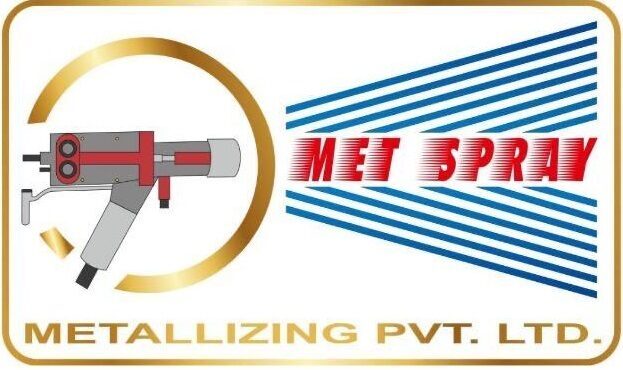Surface Cleaning
Surface preparation is the essential first stage treatment for Metallizing or painting application before the application of any coating, and is generally accepted as being the most important factor affecting the total success of a corrosion protection system.
Types of Surface cleaning methods
Abrasive blasting – Sandblasting is the act of propelling very fine particles of an abrasive material at high velocity toward a surface in order to clean or etch it.
Tumbling – The tumbling process is used on an industrial scale for the removal of surface flaws caused by previous working processes and for the following polishing of the different materials surfaces. The tumbling and the vibrofinishing processes are normally used for the polishing of plastic, metal alloys, precious metals and natural materials too.
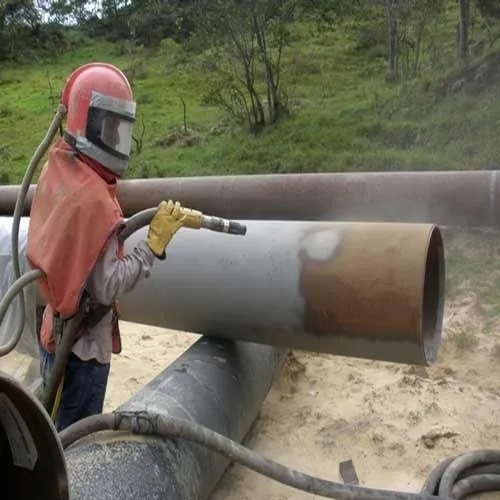
Brushing – A brush is a tool with bristles made of hair, wire, metal, synthetic fibers, or various natural materials that are attached to a handle made of wood, plastic, wire, or metal. Some varieties of brushes are adapted to be connected to power tools for heavy duty work such as removing paint or smoothing metals.
Acid cleaning – It is a process in which a solution of a mineral acid, organic acid, or acid salt, in combination with a wetting agent and detergent, is used to remove oxide, shop soil, oil, grease, and other contaminants from metal surfaces, with or without the application of heat.
To ensure a successful long term performance under severe conditions, Sand/ Copperslag blasting of SSPC-SP 2.5, is very much needed for metal Surface in industry application.
Sand / Copperslag Blasting
The term sandblasting is used within the metallurgical industry to refer to the process of propelling very small pieces of material at a high speed in order to clean or etch a surface. Many types of granular material are available for the process, and each come with their own set of properties and advantages offered when used for specific types of metals.
This process is used to protect metal against corrosion and oxidation operating in high temperature environment like chimneys at cement plant, petrochemical industry, Oil & Gas Industry, boiler tubes metallizing as well as corrosive iron or steel at subsea & marine atmosphere.
The surface preparation process not only cleans the steel, but also introduces a suitable profile to receive the protective coating.
- It removes mill scale, oil, and rust which have a tendency to form on the surface of the steel parts that have been freshly manufactured.
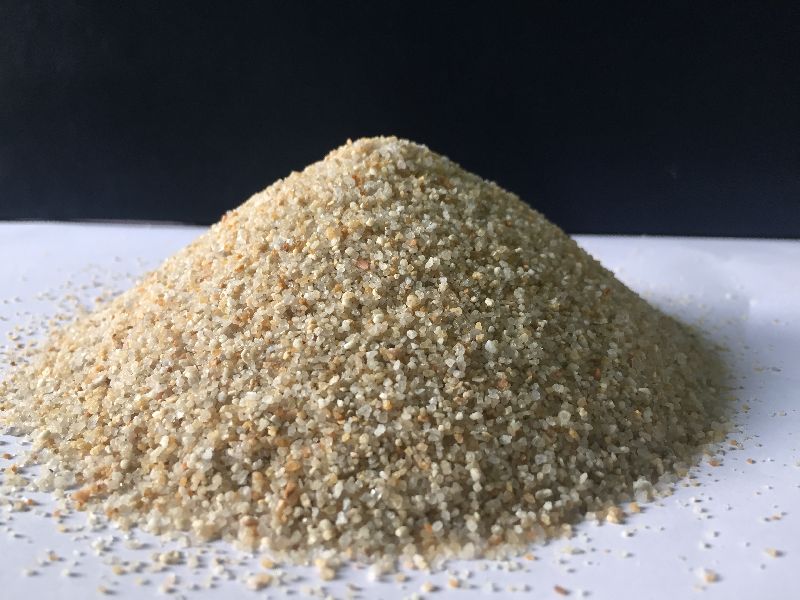
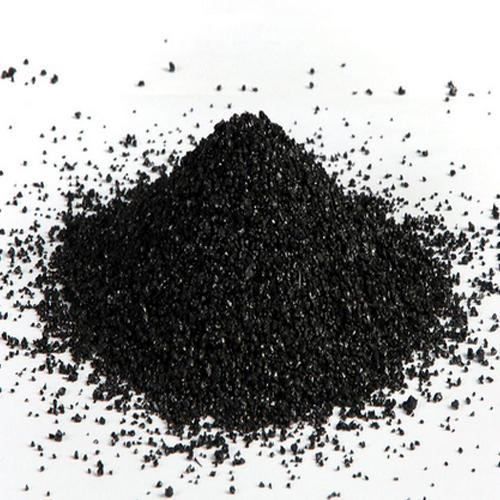
- The same medium can be used multiple times for the purpose of sandblasting and is thus a reusable asset. This helps bring the cost of the process down and makes it the economical choice.
- Many other types of harmful surface contaminants are also removed during the process. This includes dirt and oil spots, which can be in hard to reach places if you aim to remove the particles using only your hands during the metal surface cleaning process.
- Manually cleaning the metal surface can be a long, arduous process that requires a great deal of human effort. However, using sandblasting for this purpose can greatly speed up the entire process, and it also requires much less effort on the machine operator.
- It is a highly efficient method of removing old paint from the surface of the metal before applying a fresh coat of paint to the area. Not to mention the added bonus of removing any hard dirt particles that may be sticking to the metal surface before the paint job begins.
- There are many options available for the medium to be used in the process of sandblasting. The options can range from biodegradable substances, such as walnut shells, to specially manufactured steel grit. Therefore, you can make the choice, that is best for you, based on your personal needs and attitude toward the job.
Painting
Paint is used, it forms a layer of protection that prevents corrosion. It may not be that thick, but it is a dependable layer that prevents outside chemicals from interacting with the steel. Therefore, ensuring your metal projects are more durable in the long run.
Application of Painting Services
Strecture painting – Painting is a protective layer of base metal, which is also a cost-effective method to keep metal from rusting and corrosion. It can prolong the service life of the base metal. On the other hand, the steel will look great if it is painted with colorful coatings.
Heat Resistant Paint – Heat resistant paints and coatings are developed to protect the surfaces that are exposed to rapid temperature changes and high heat. High temperature resistant paint can tolerate temperatures up to 600 °C.
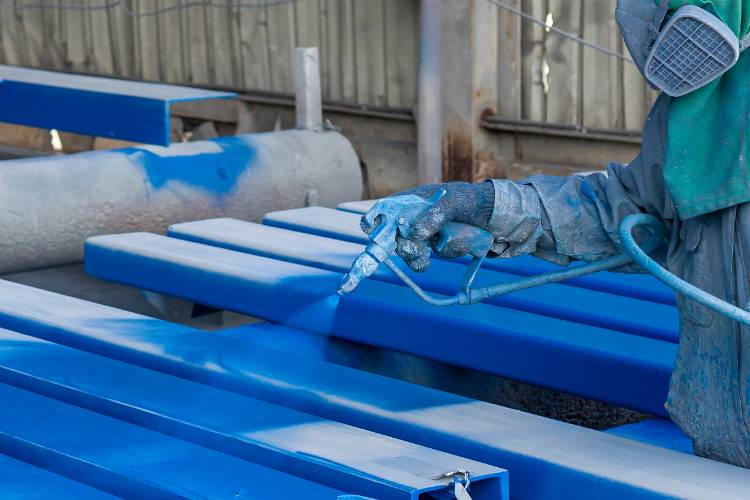
Food Grade Paint – Food grade epoxy coating are the derivative of epoxies conjunctions with amine adducts, poly amide, polyamines etc. They provide air drying, salt water resistant finish and anti-corrosive coating, it also give anti-fungal properties for the storage silos and other components in food industries.
